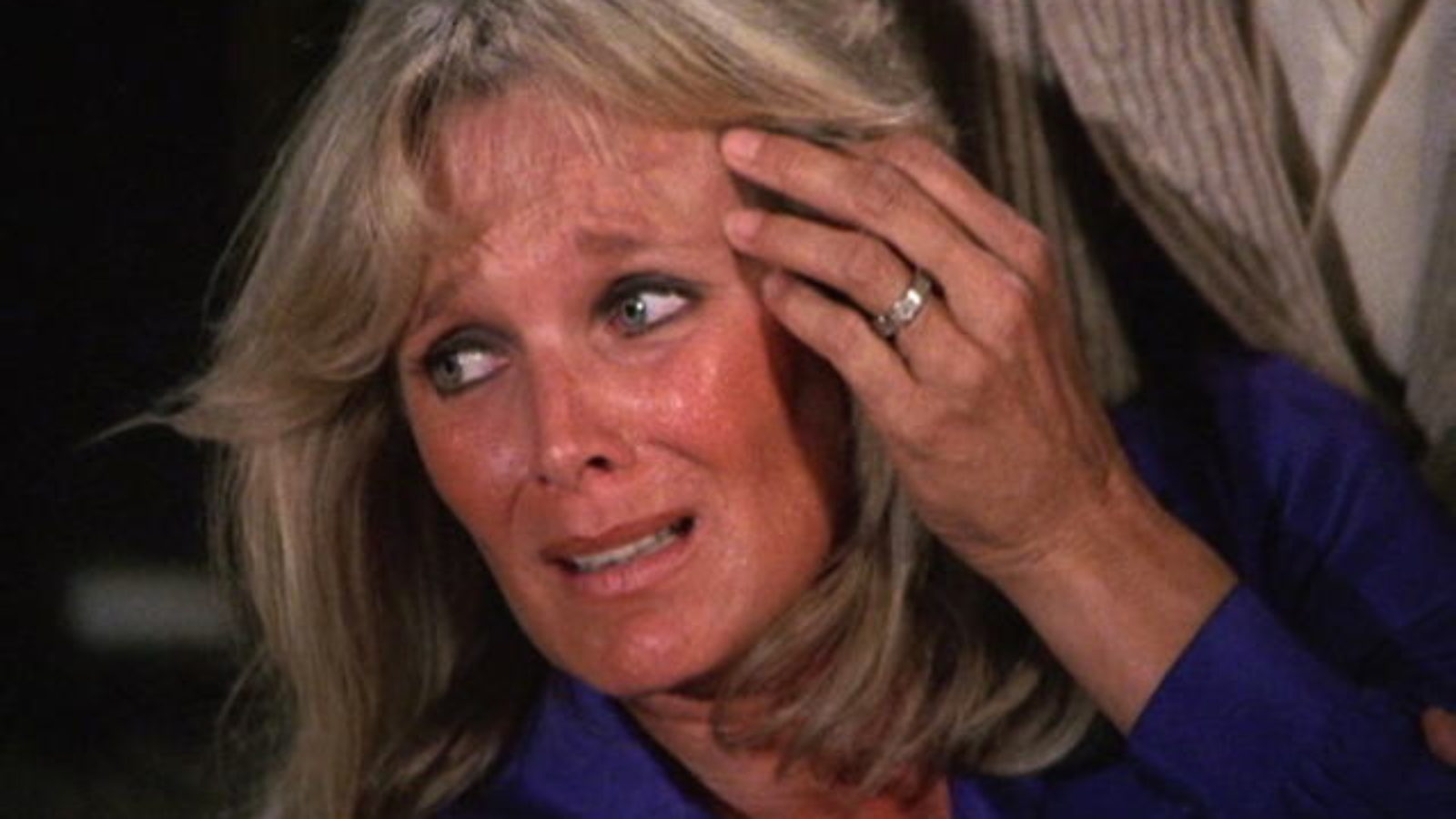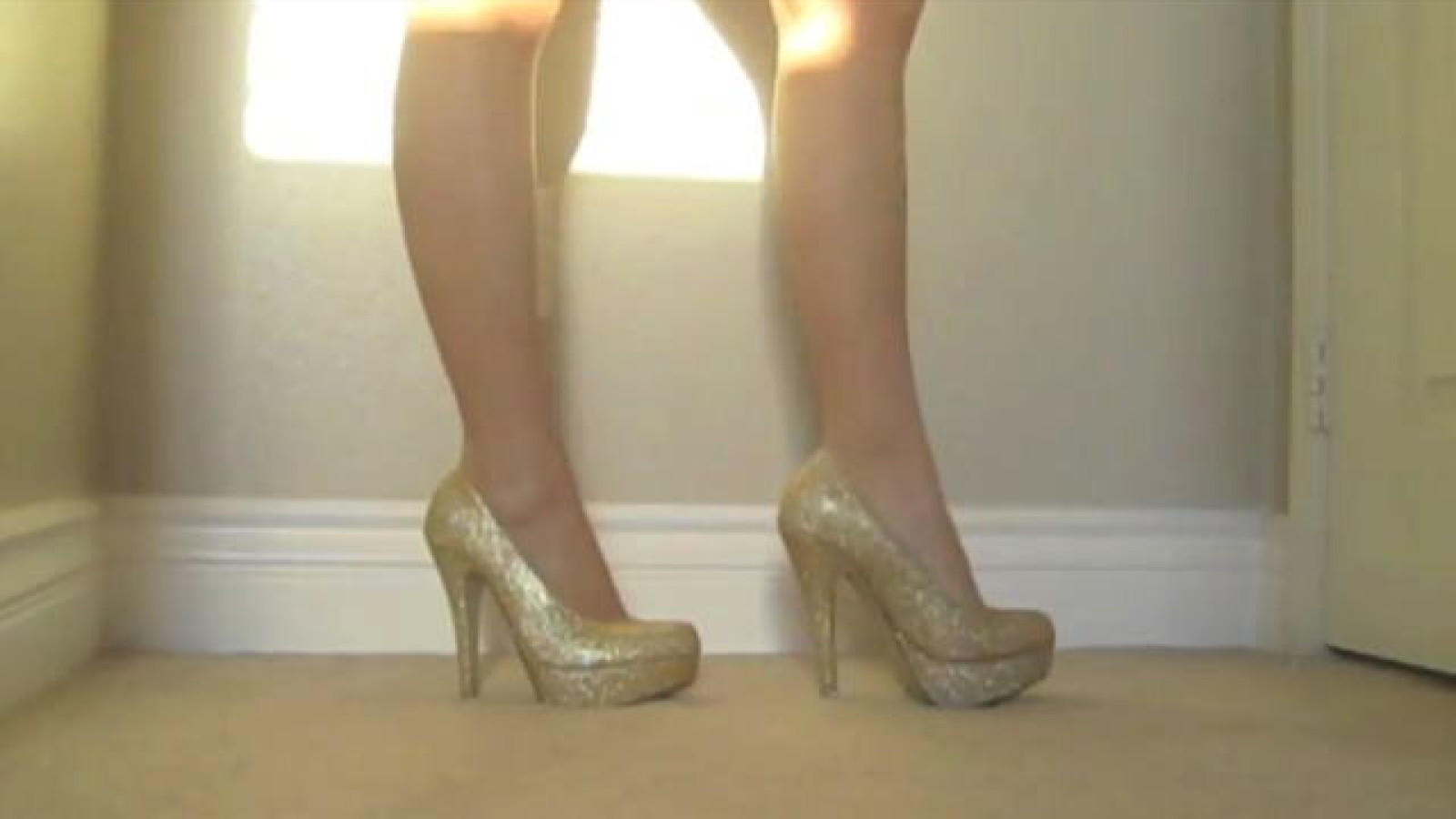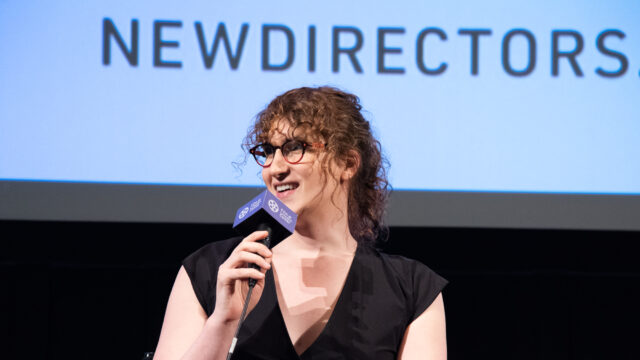Program 11: One Secret Destroys Everything
Dad’s Stick. John Smith, GB, 2013, 6min.
The Invisible World. Jesse McLean, USA, 2012, 20:15min
Lyrica. Shana Moulton, USA, 2012, 4:53min
The Dark, Krystle. Michael Robinson, USA, 2013, 8 min.
Mount Song, Shambhavi Kaul, USA/India, 2013, 8:49min.
Property, Jeanne Liotta, USA, 2013, 3:28min.
Ojo Caliente. Pat O’Neill, USA, 2012, 4min
Dirty Code. Bobby Abate, USA, 2013, 5min
Black Powder, White Smoke. Sarah Halpern, USA, 2:05 min.
Life is an Opinion, Fire a Fact. Karen Yasinsky, USA, 2012, 9 min.
Greystone. Kerry Tribe, USA, 2012, 29min.
Dad’s Stick. John Smith, GB, 2013, 6min. The Invisible World. Jesse McLean, USA, 2012, 20:15min
A deceased hoarder, reconstituted through technology, recounts a difficult childhood as inhabitants of a virtual world struggle to reconcile materialistic tendencies. A scientist leads an effort to understand the passage of time, but the data is unreliable. The question remains, what happens to our things after we are gone?
In this video, materialism, emotional presence and the adaptive nature of human beings are broadly considered through the lens of time. A variety of time-based materials are collected (including home movies, internet videos, Sci-fi seventies films, and a photographed archive of objects) and collaged, revealing the filmmaker’s own hoarding tendencies. YouTube genres are parsed, including “haul” videos (where contributors display the results of a shopping spree) and unboxing videos (where a new purchase is unwrapped), and the results suggest not only how materialist tendencies have found a way to continue in the cresting virtual age but also how the need to own is often paired with the need to relate.
The present world is packed with objects that evidence human productivity, yet the desire to possess things remains somewhat mysterious. Lifeless objects become imbued with emotional significance, and possessions linked with personal identities, even as these objects bear a cool and distant witness to human struggles. The rapidly arriving future portends an intangible new world of virtual experience. How will we relate our materialist tendencies in this new world of immateriality?
Lyrica. Shana Moulton, USA, 2012, 4:53min The Dark, Krystle. Michael Robinson, USA, 2013, 8 min.
Mount Song, Shambhavi Kaul, USA/India, 2013, 8:49min.
A current runs underneath. It creeps under the door, makes its way into the cracks, revealing, obfuscating or breaking as clouds in the sky. Mountain, cave, river, forest and trap door; martial gestures, reiterated, stripped and rendered. A storm blows through. A parrot comments from a flowering branch. Here, the surfaces of set-constructions are offered for our attachments.
Property, Jeanne Liotta, USA, 2013, 3:28min.
Some simple techniques of cinema–a direct quotation, a framed location, an actress in costume, a few cuts to the quick–conspire in a compact couple of minutes to produce an image replete with historical and geographic visibility, to wit: an implied and uncontainable expanse of a landscape bought, sold and inhabited.
I was prodded by a proximity to the western landscape. It was where I found myself; I made no claims to it, no promises, no sympathies. I studied the lingo and took my measure ( thirty-five millimeters). Apologies to de Tocqueville, and thanks to An American Experiment in Anarcho-Capitalism: the Not So Wild Wild West, by economic historians Terry L. Anderson and Peter J. Hill, first published in The Journal of Libertarian Studies.
Most importantly a deep debt to Lothringen! by Straub/Huillet, one of my favorites of their films, seen at NYFF a couple years back in that fantastic program with O Somma Luce and we all had goosebumps. That movie knocked my socks off, it handed me a key as to how I could approach the Colorado landscape with film, something that was vexing me in the extreme.
I am telling you this because I pretty much took a page directly from their movie. Scene: an actress in a period costume on a bridge over a river, a village in the background, she speaks directly to us, a literary text, then turns her back to the camera, turns her back to us, and looks out over and into the landscape. My mouth dropped open, I had something like a cinematically shocking moment, as she and I contemplated that landscape together. O perfect little book/theatre/ machine of a movie!
Which reminded me of seeing Vivre Sa Vie for the first time as a freshman in college. I could not believe my eyes when the girl sits down at a table to join the boy and she walks right in front of the lens so he is eclipsed and all we can see is her back. She may as well have slapped me in the face. Of course I understand the language of cinema much better nowadays, but Godard films can still do that to me, as can Straub/Huillet. That distanciation which can be quite visceral , very dimensional, listening to words spoken that once were written, my awareness as a spectator , myself looking at the image, the framed composition, feeling the filmmaker's physical position, the apparatus and the ideas at the same time, and the emotion. A person can learn a lot of things at the movies if they're lucky.
-JML 9.13
Ojo Caliente. Pat O’Neill, USA, 2012, 4min
Ojo Caliente (hot eye) depicts a site in a reddish sandstone desert; the remains of a settlement apparently dedicated to the manufacture of solid objects. Cones of various sizes and shades are scattered about the entrance of a shallow cave.
Whoever made them is never seen, but something seems to be going on underground! An amazingly tiny video.
After relocating to Pasadena in 2002, I found myself with a pile of logs, a chain saw, and an unusual amount of spare time. What resulted was a number of wooden cones, mostly roughly 2 1/2 feel in diameter by 2 1/2 feel tall. I would cut them initially with the chain saw, refine the shapes with a circular grinder, and finish them by sanding.
The process of making was singularly satisfying in its simplicity, particularly as compared with film making, which is what I had been doing previously. There was one task to be done, and when it was done, one discovered the many small differences inherent in the material- the stories told by growth rings, branch attachments, accidental damage, insect invasions, and splitting. It seemed as though a single repeated primary form had revealed multiple chapters of a complex text.
The pile of finished cones increased steadily, and after a few years there were enough to fill a medium sized room. The occasional visitor would ask me what I intended to do with them. I realized I didn't know. I thought I had weaned myself from the habit of making films, but had replaced it with the habit of making cones out of wood.
By way of constructing a rationale for the presence of so many similar objects, I reached for a half-remembered tale of objects found some years ago in the Sonoran desert. In the early 1970's, a team of anthropologists from the University of Bristol had come across a huge scattering of unexplained objects, hollow and conical or tubular in shape, lying strewn across several acres of a mesa near the abandoned village of Ojo Caliente on Huaraches Creek in Abraham County. These objects were made of a material that could not be easily identified, seeming at first to be ceramic, but having many characteristics of Aluminum and lead. They varied in size from several inches to almost eight feet in diameter and in height, of grainy texture, white in color but with variations of middle grey and even black. Cylindrical rods, unlike the cones, were all dark grey, and both were ” brittle in some cases and quite malleable in others”, and appeared to have been made by a mechanical process rather than by hand.
The site centered around the mouth of a cavern. It seemed as if the processes of manufacture had taken place underground, though exploration of the cavern yielded little, as a collapse of the cavern's ceiling a dozen yards in had covered whatever had been there. On the surface there remained evidence of some habitation, in the form of shacks, car bodies and trailers, a water tank and a bronze effigy of an angel. Cones, rods and broken portions littered “about twenty acres”. Apparently whoever had lived there had carried off everything of value to them. Some or all may have perished in the cave-in. Local people, though cooperative, would not comment on their one-time neighbors. Others claimed they had never seen anyone at all on the site.
A sample of the cone material had reached a laboratory of the Defense Department in Washington in 1975. After chemical analysis yielded the conclusion that the objects “consisted of a compound that had no explanation and no precedent in our experience”. “It didn't seem to be made of anything found on this planet.” .A team of scientists was dispatched to the site to collect and secure all of the remaining cones. Once the site had been thoroughly examined, a fleet of Army tractors, loaders and dump trucks descended on Ojo Caliente and carted off every trace of the cones, the trailers, the rubbish, and all the earth that could be scooped up. This was all accomplished over the span of one day and one night, by hundreds of workers in space suits and the whereabouts of all that debris was never revealed
In 2010, I created a tiny replica in 1/87 scale of the center of the Ojo Caliente Site as I imagine it might have appeared when occupied. The model was of a size that could be fit into a briefcase. Once completed, the replica was lit with tiny lamps and filmed using a tiny digital camera. No trace of human occupation is seen, but we briefly glimpse the interior of the cave, where a red-hot glowing cone is seen moving away from the cave entrance as if under its own power.
The resulting document reveals a place that may be a prototypical artist's studio of the coming century- a ruin in a wasteland in which to produce the signs of an alien or inexplicable culture
Dirty Code. Bobby Abate, USA, 2013, 5min
A virus of lies into
The delicate ecosystem
Binary Code
A Fantastic Voyage
A razor blade swallowed
Digested
Ripping holes from within
Careful not to kill the host
One simple word
One dark thought
One secret destroys everything
A lifetime of unspoken memories are injected into binary code of several video files. The secrets act like an aggressive virus . Every letter of every transgression degrades the video exponentially, until there is nothing left but a decomposed visual corpse.
Black Powder, White Smoke. Sarah Halpern, USA, 2:05 min.
I hope your eyes are adequately moistened. Blinking is tolerated, but not encouraged.
–S.H.
Life is an Opinion, Fire a Fact. Karen Yasinsky, USA, 2012, 9 min. Greystone. Kerry Tribe, USA, 2012, 29min.
October 4 at 8:15pm (FBT)








